Discover the « Leve leve » lifestyle...
Why is life so surprisingly different in São Tomé ?
Why is it so ?
Many answers have been brought, but none is specifically relevant. Some people say « it’s because one can hardly leave ». Some people say it’s because the general temper of the people have been forged for hundreds of years with limited foreign influence... generally speaking, « leve leve » means « go slowly », or « take it easy ». When you reach a crossroad, you will see people gently waiting for the other car to pass first ; the « leve leve » is the « no stress » attitude.
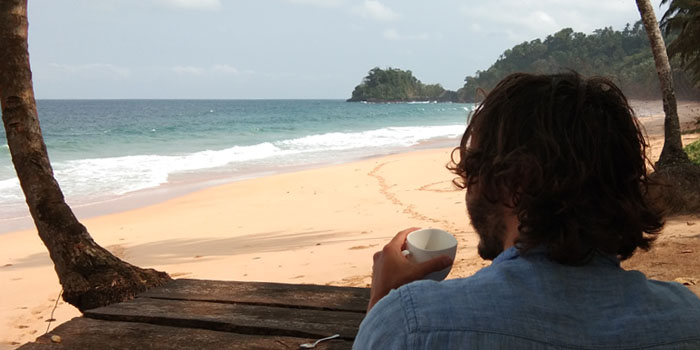
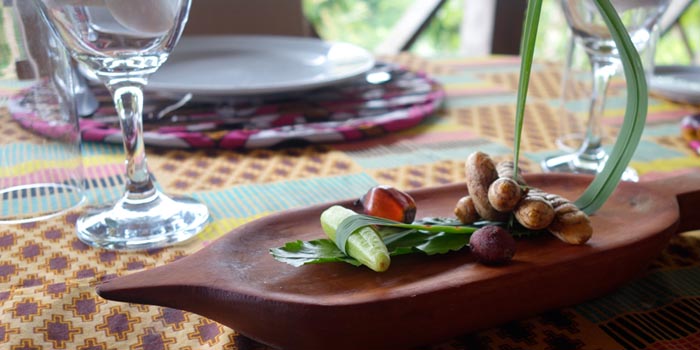
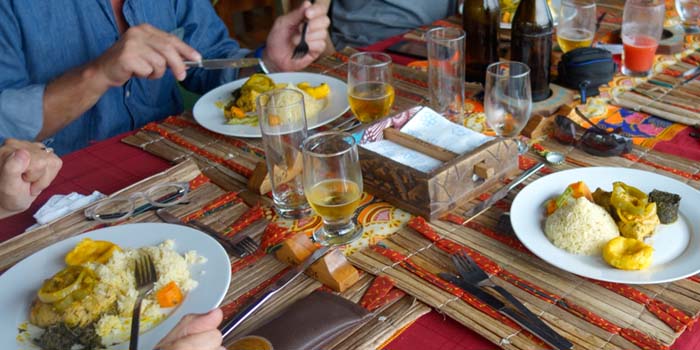
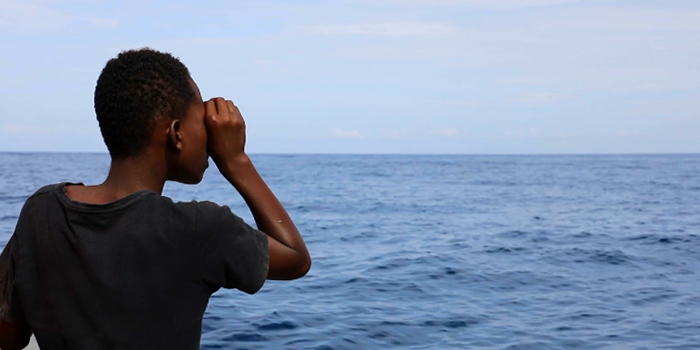
A Tasteful and Original Gastronomy
What vegetables and extotic fruits are there in São Tomé ?
Due to high rains and incredibly fertile volcanoe land, there is food everywhere in São Tomé. The Portuguese very smartly brought all kinds of fruits and vegetables from South America, Europe and Africa to make sure there’s would be no shortage... and they were right !
At the local market you will find a variety of fishes and exotic fruits : peixe andala, fumo, voador, peixinho.... cajamanga, corrosol, Chinese lemon, also amazing peaches...
On the vegetable side, São Tomé benefits from a huge variety : dozens of bananas, incredible green soccerball hanging on top of high trees and providing the potato like "bread fruit".
Forgot to mention the cassava, sweet potato, coconut, tropical almond, and of course, the renowned Coffee and Chocolate, both 100% natural and worldwidely appreciated !
How is the fishing culture ? Are there many fishermen village in Saõ Tomé ?
The first fishermen village was created by at eh XX century. It was built by a group of free men who had just escaped from a slave ship
Since the birth of the free men Angolares village, the first settlements by Africans
Besides that, São Tomé is an island with a long history of fishing. With net, with line, with harpoon, Santomean fishermen bring everyday a great amount of fish, from « andala » (swordfish), to « voador » (flying fish), and also « choco » (cuttle fish) and « polvo » (octopus).
São Tomé Culture, Religion and Art
Due to Portuguese influence, most of the Santomean people is Christian catholic. Some are adhering to new churches, and there is a small Muslim community, as well as some remains of voodoo traditions. Mostly all shops are closed on Sunday and Saturday afternoon. You can visit the famous Cathedral in the center, climb inside the bell tower and get an interesting view of the city. Almost every city of village has its name coming from a religious influence, and its patron saint is celebrated every year.
São Tomé refers to Saint Thomas, Neves, refers to the « snow », as for Our Lady of the Snows, Trinidad refers to the Holy Trinity, Guadalupe, refers to Our Lady of Guadalupe, Santa Catarina refers to Saint Catherine, and so on... the list is large, and almost every week end has a patron saint party held somewhere in the island.
Discover the traditional performance : Tchicoli
Paragraph
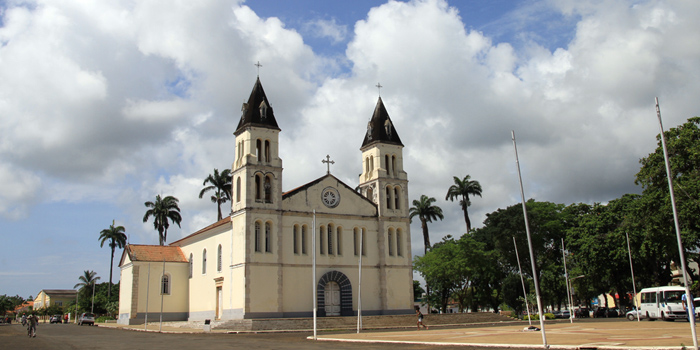
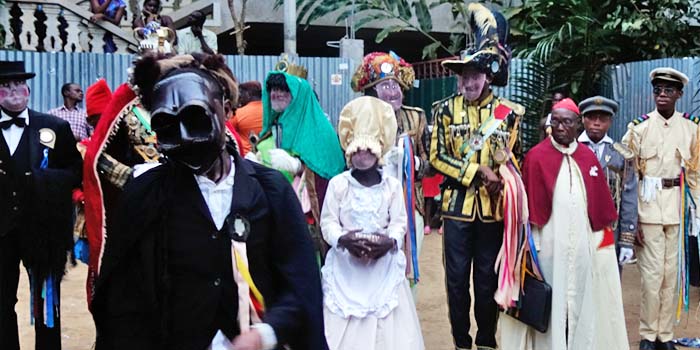
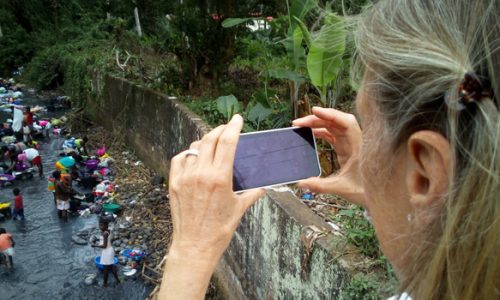
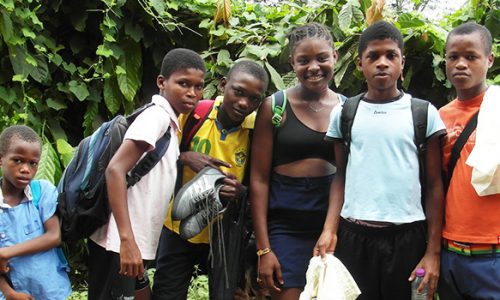
Meet with the Santomean people
São Tomé is one of the most friendly country in Africa. People are polite, well educated, and very much welcoming foreign tourists. When passing by car in small villages, you will see people waving at you, and children asking for « doce », which means « candies ». In this regard, we encourage you not to keep this « tradition » of bringing candies to children, but if you like to provide support, rather offer them some education and recreational items, such as notebook, color pencils, or balls etc...
Some of my friends once induced into trading with the kids on the beach. « Here are some foreign snacks, what can you trade with me ? ». The kids rushes to the coconut trees, and the fisherman’s boat, and in exchange for snacks, offered fresh coconuts and octopus that we grilled and ate on the spot.
Remember the famous saying : « Give a man a fish, and you'll feed him for a day. Teach a man to fish, and you've fed him for a lifetime. »
